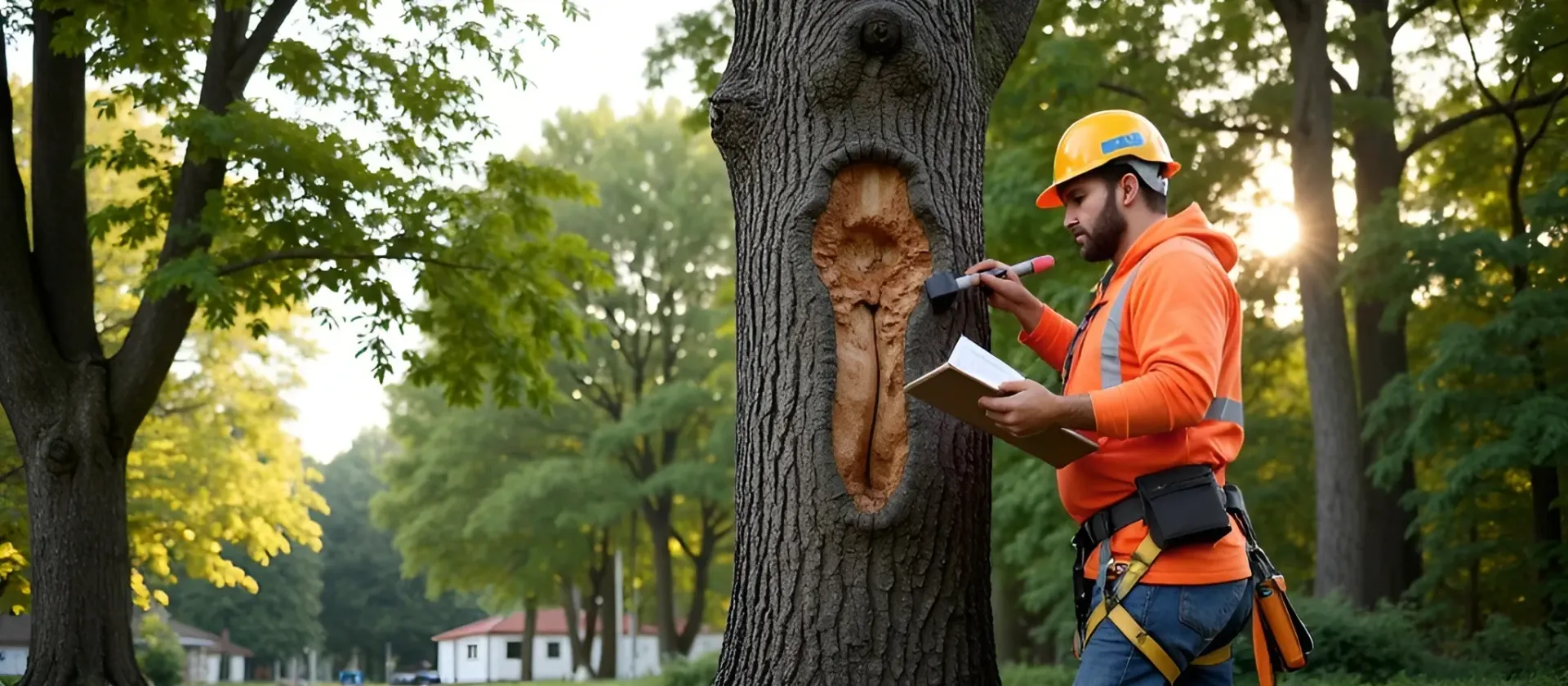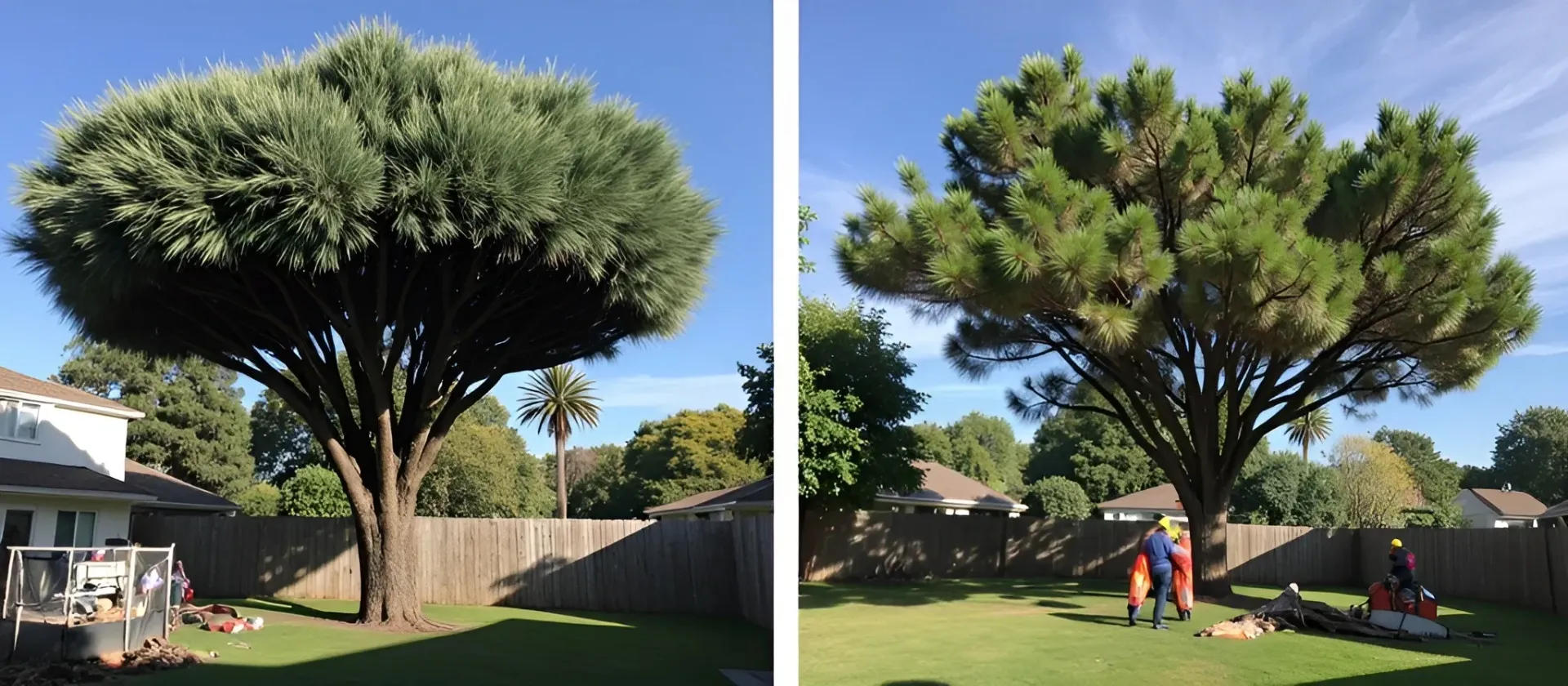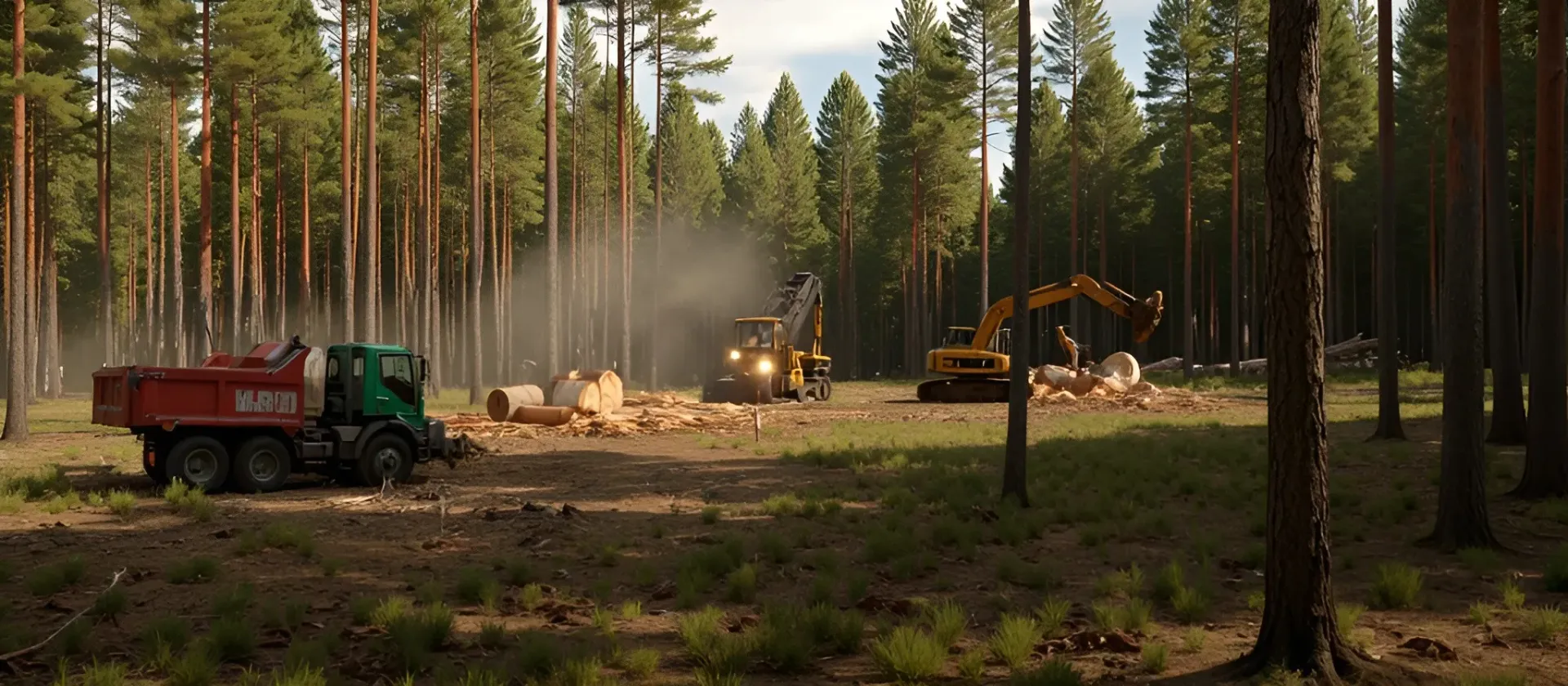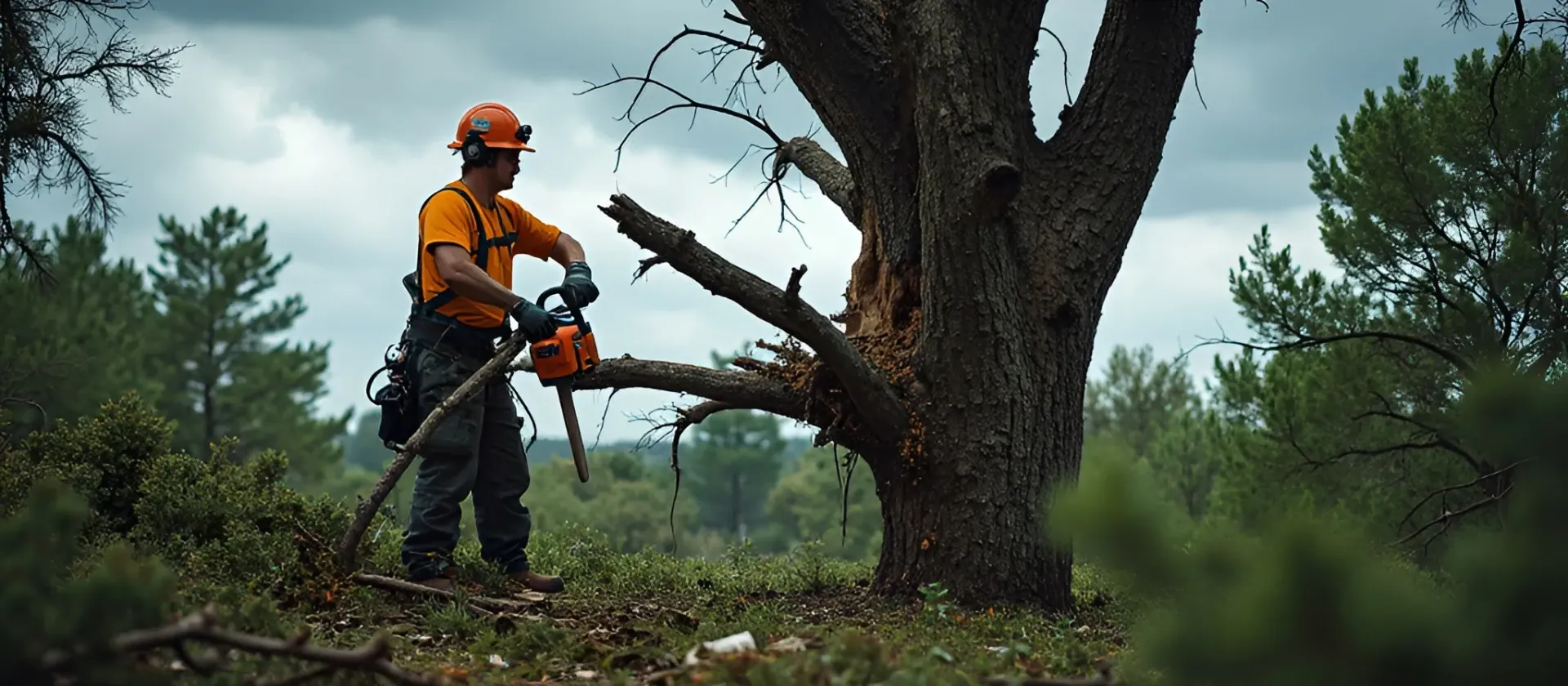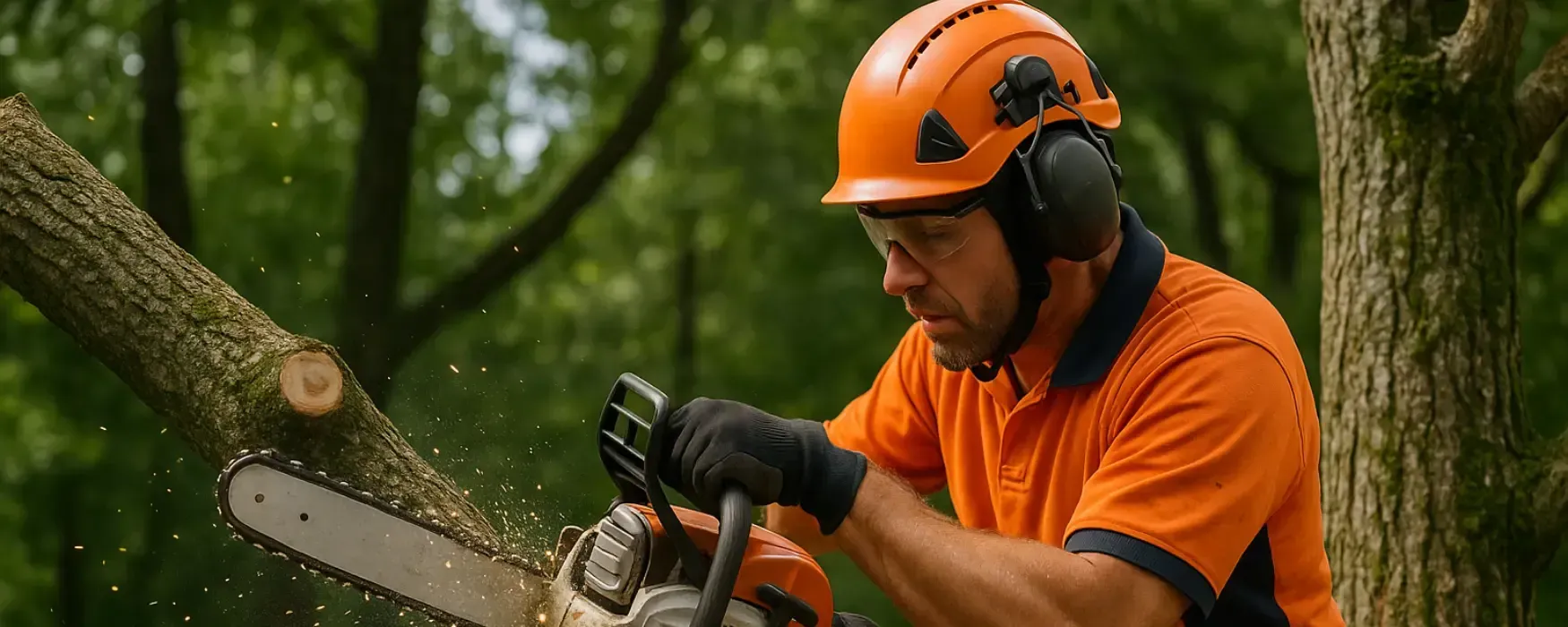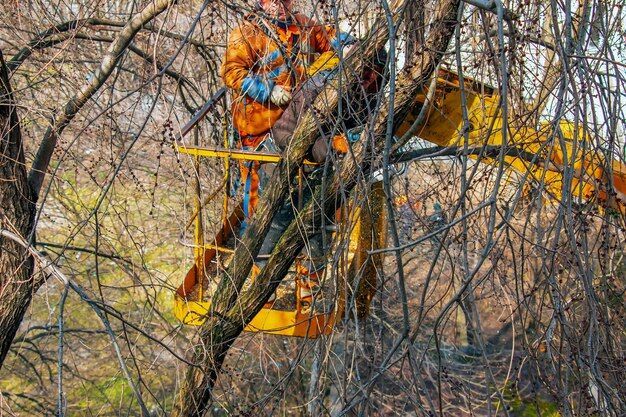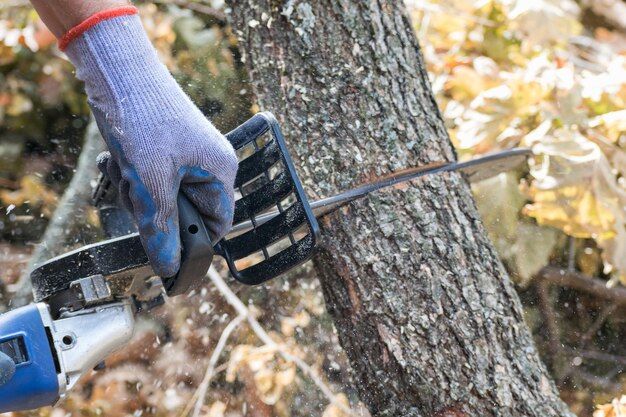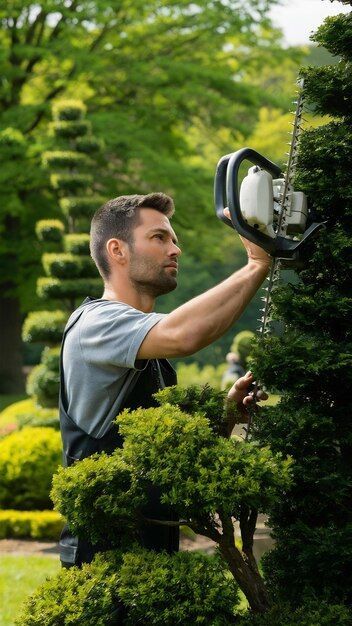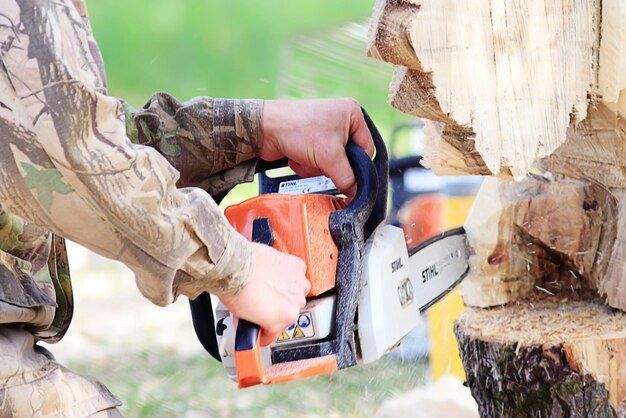Why Proper Timing Matters: Seasonal Tree Cutting Tips from Tree Cutting Experts in Lafayette, LA
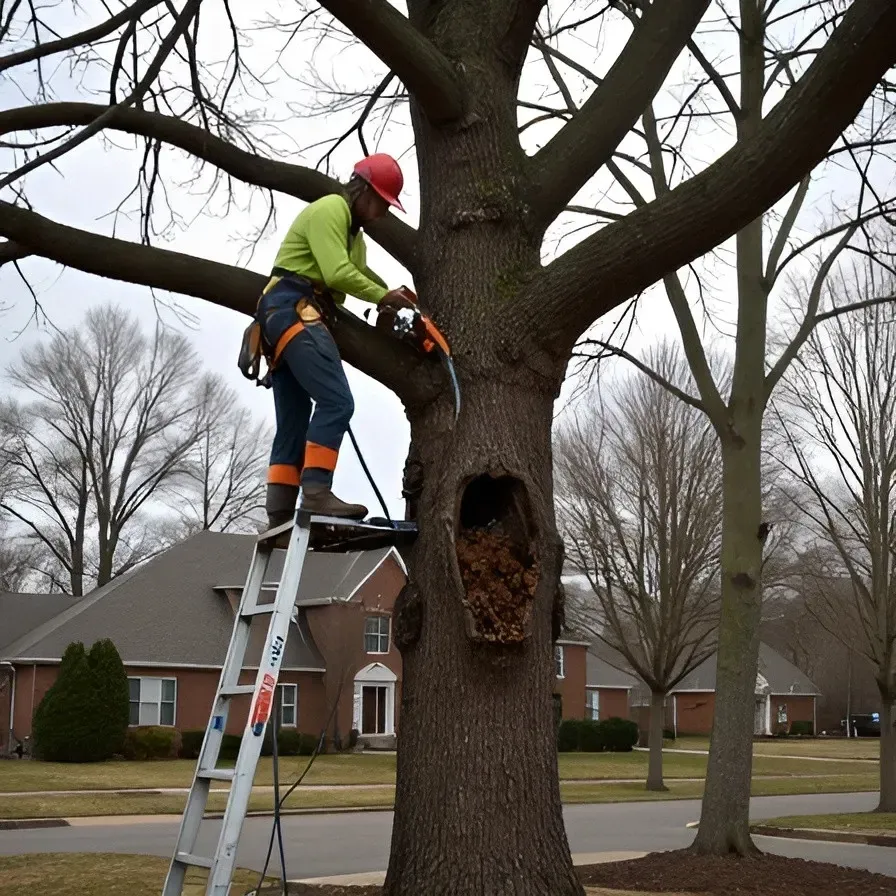
Ever notice how your neighbor’s trees thrive? While yours look a little—well, sad? It’s not magic. It’s not luck. The secret lies in timing. When you cut your trees matters just as much as how you do it.
Trees have their own rhythms. Just like people. Trim at the wrong time. And you risk stress, disease, or stunted growth. Get it right. And your trees will flourish year-round.
So, let’s break it down. Season by season. Expert insights. The best times to prune for strong and healthy trees.
Why Timing Matters for Tree Health
Timing matters. Prune right, and your tree thrives. Prune wrong, and you invite the following trouble:
- Weakening the tree’s defenses against disease.
- Inviting pests that thrive on fresh cuts.
- Stunting growth by removing too much energy-producing foliage.
On the other hand, pruning at the right time helps:
- Encourage strong, healthy growth.
- Reduce the risk of falling branches.
- Improve air circulation.
- Prevent fungal infections.
Winter Wonders: The Best Time for Heavy Pruning
Winter is nature’s nap time. Most trees go dormant, meaning their energy isn’t focused on growing but on surviving. This makes it the best season for significant pruning. Why? Because without leaves in the way, you can see the tree’s structure clearly, making it easier to remove weak, diseased, or dead branches.
Another perk? Since pests and fungi are mostly inactive in winter, there’s less risk of infection when you cut. Plus, trees heal faster when they start growing again in spring.
Winter Pruning Tips:
- Prune on dry, mild days to avoid frost damage.
- Focus on shaping the tree and removing weak or crossing branches.
- Avoid pruning trees that bloom in early spring—wait until after they flower.
Spring Awakening: Light Touches Only
As the world wakes up, so do your trees. Spring is when they push out fresh leaves and new growth. While it’s tempting to go all in with pruning shears, heavy cutting now can stress the tree.
Spring is the time for light maintenance pruning. Remove any dead branches that didn’t survive winter. Cut back any small overgrowth that could interfere with airflow. But hold off on major shaping. Trees need their leaves to fuel strong growth.
Spring Pruning Tips:
- Only trim what’s necessary to improve airflow and remove dead wood.
- Wait until after blooming if your tree flowers in early spring.
- Don’t remove too many leaves. Your tree needs them for energy!
Summer Shape-Up: Managing Growth and Strength
By summer, trees are in full swing. Leaves are full. Branches stretch wide. Growth is in overdrive. This is the perfect time to shape your tree and control overgrowth.
But don’t go overboard. Cutting too much during peak heat can expose the tree to sun stress. And avoid removing large limbs. Doing so can cause more harm than good. Instead, focus on tidying up unruly branches. Remove any weak limbs that could snap in a summer storm.
Summer Pruning Tips:
- Light pruning only. Trim excess growth but don’t overdo it.
- Trim weak branches before the wind does it for you. Dead limbs? Get rid of them now before they become a hazard.
- Never remove more than 25% of the canopy in a year. Too much, and the tree struggles to recover.
To avoid damage or costly mistakes, learn the common errors homeowners make when hiring a tree cutting service.
Fall Cleanup: Preparing for the Cold
Leaves drop. The air turns crisp. It's time for a big pruning session, right? Not so fast. Major cuts in fall can backfire. Trees are winding down for winter. Pruning wounds heal slower, leaving them open to disease.
But a light cleanup? That’s smart. Snip off dead or diseased branches. Secure loose limbs. Give your tree the strength to handle winter storms.
Fall Pruning Tips:
- Avoid heavy pruning. Trees are slowing down and won’t heal quickly.
- Remove weak or broken branches that could become hazards in winter.
- Keep pruning minimal to avoid stressing the tree before dormancy.
Special Considerations: Not All Trees Are the Same
Different trees have different needs. While seasonal pruning works for most, some trees require extra care:
- Fruit Trees: Best pruned in late winter for maximum fruit production.
- Oak Trees: Should only be pruned in winter (November-April) to prevent oak wilt.
- Elm & Ash Trees: Best pruned in winter to reduce disease risk, like Dutch elm disease.
- Maples & Birches: Tend to “bleed” sap if cut in late winter, so pruning in summer is better.
Tree Cutting Safety Tips
Before you grab those shears, safety first! Tree cutting can be dangerous, especially for large trees.
Final Thoughts: Timing Is Everything
Trees are alive. They follow their own natural rhythm. Cut at the right time, and they thrive. Cut at the wrong time, and you might set them back.
Winter is for major pruning. Trees are dormant. The safest time for big cuts. Spring calls for gentle touch-ups. New growth is coming in, so go easy. Summer is all about shaping. Trim excess growth to keep things tidy. Fall is for prep. Light cleanup only. Big cuts can leave trees vulnerable.
Follow this seasonal rhythm. And your trees will reward you with stronger limbs and lush growth. So, grab those pruning shears. But only at the right time!

